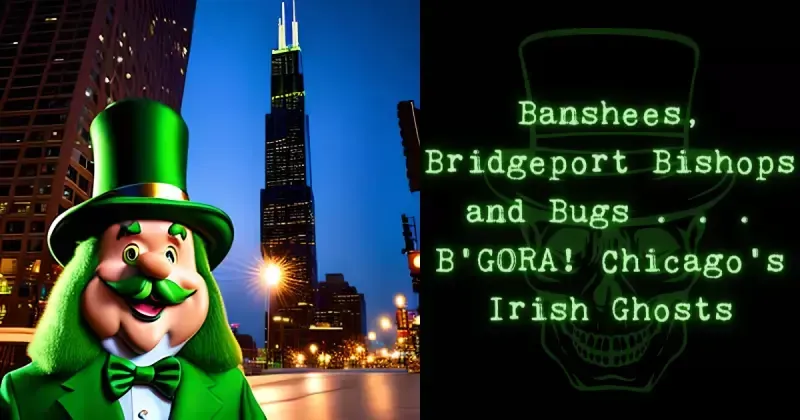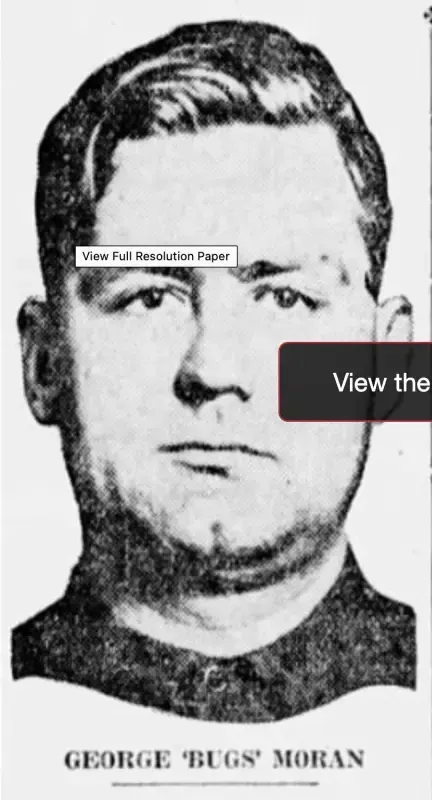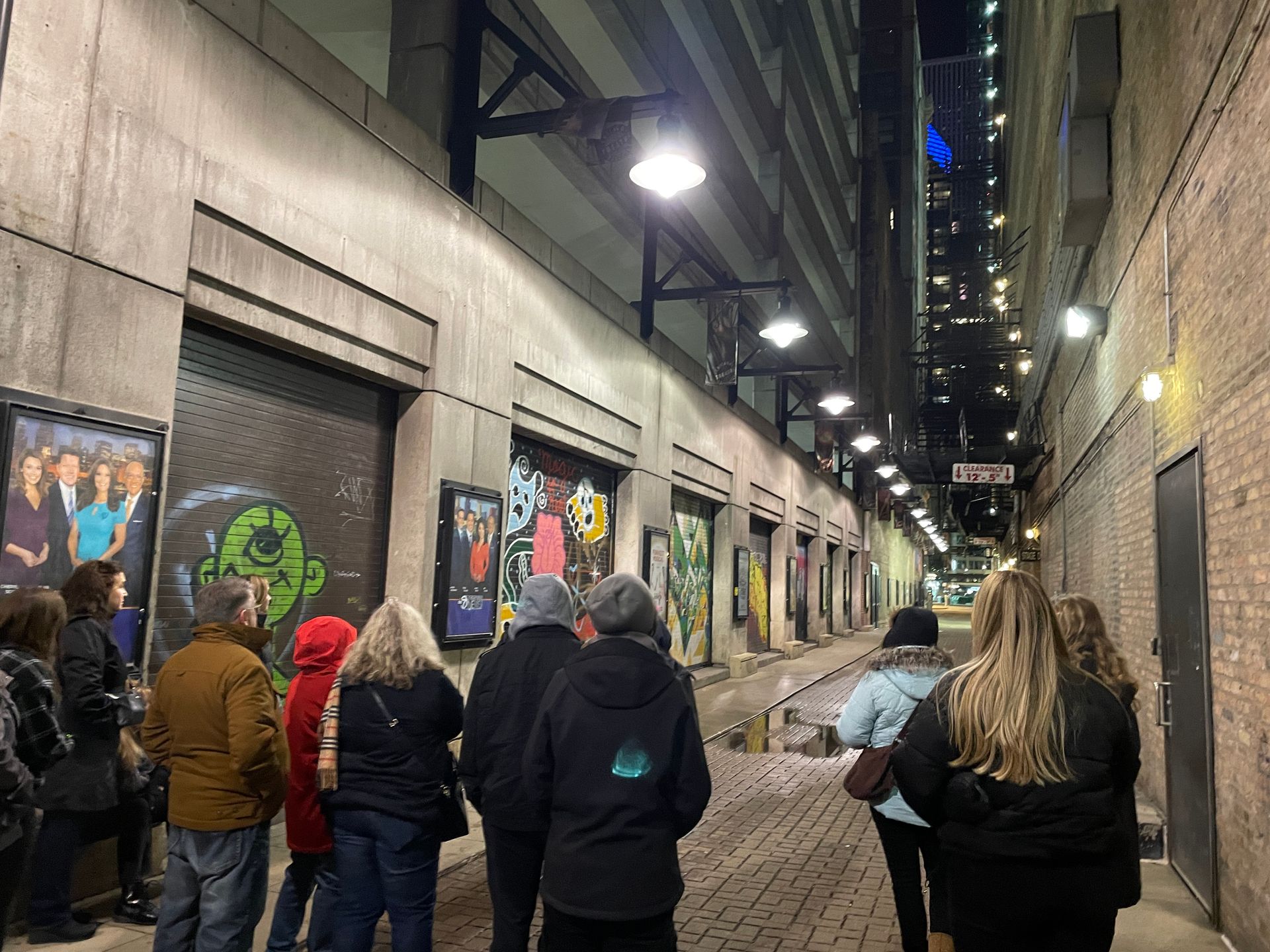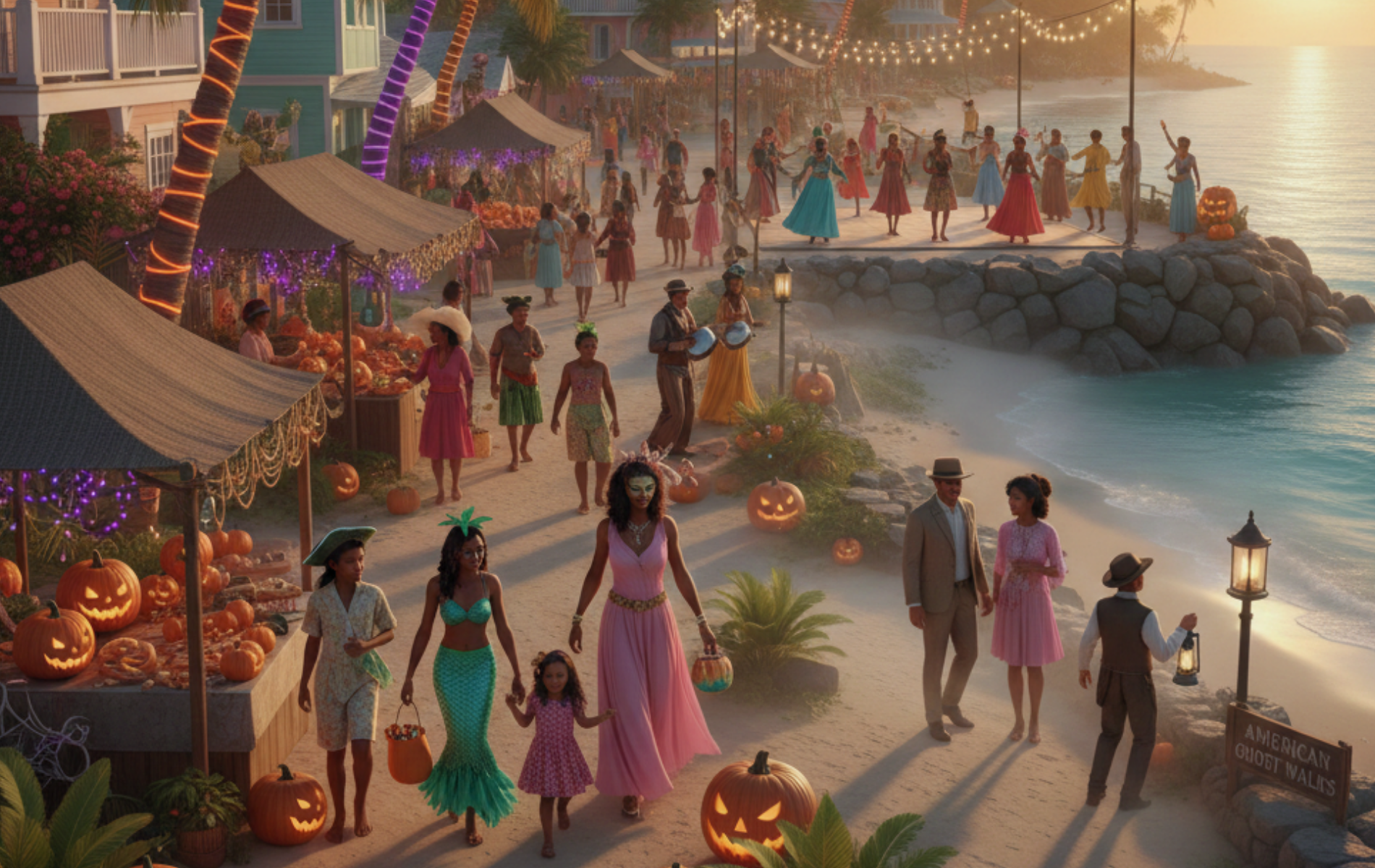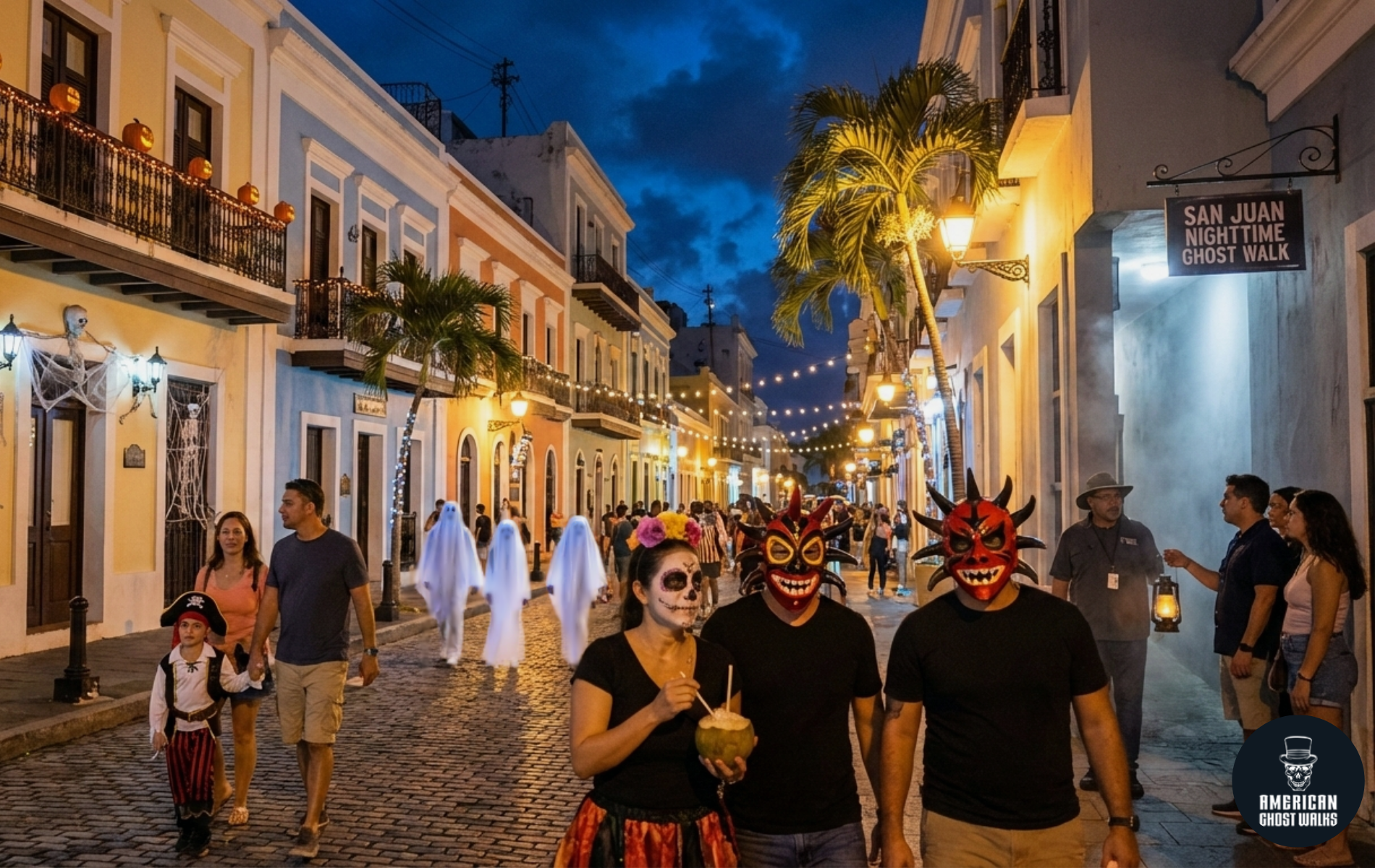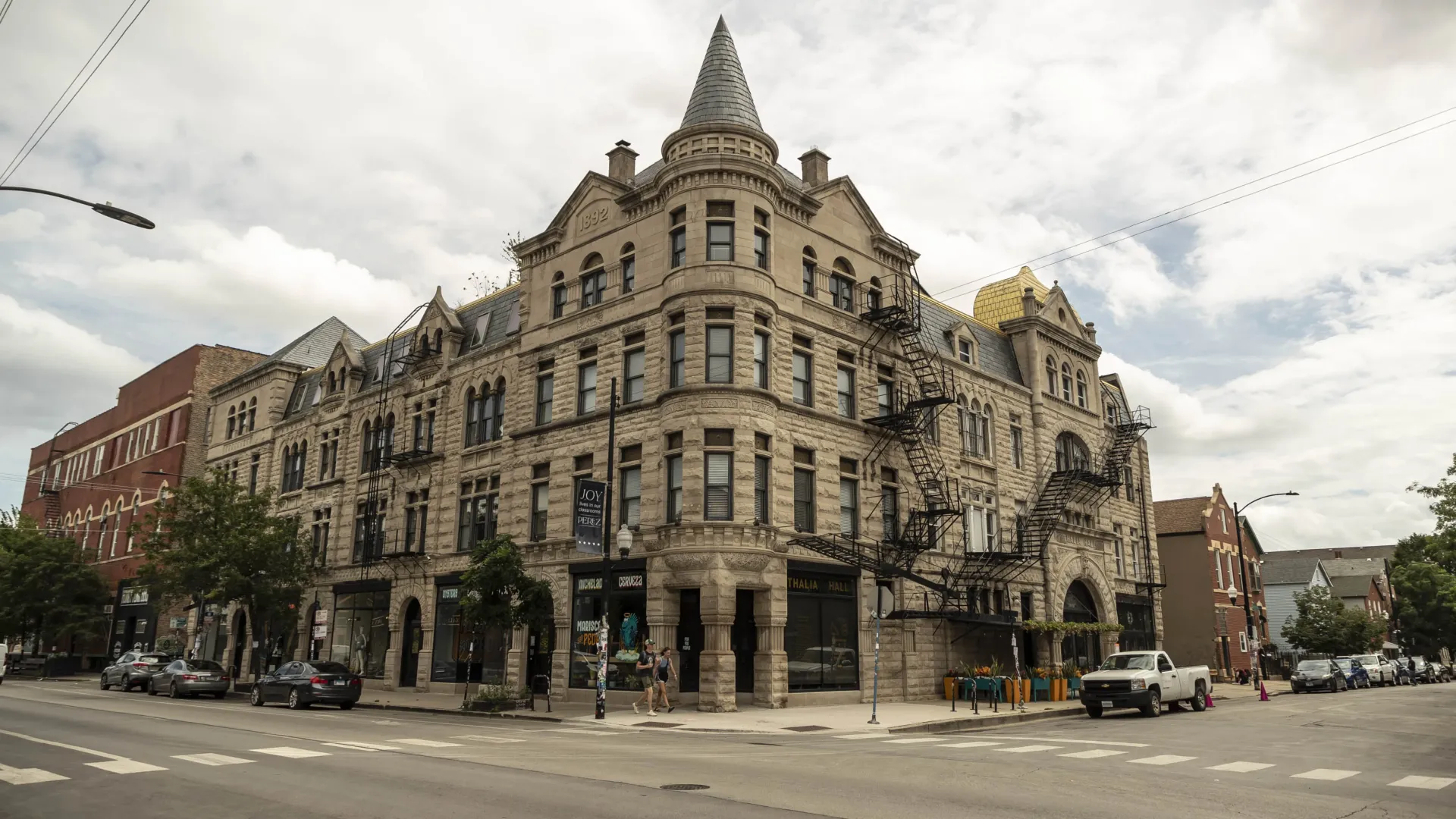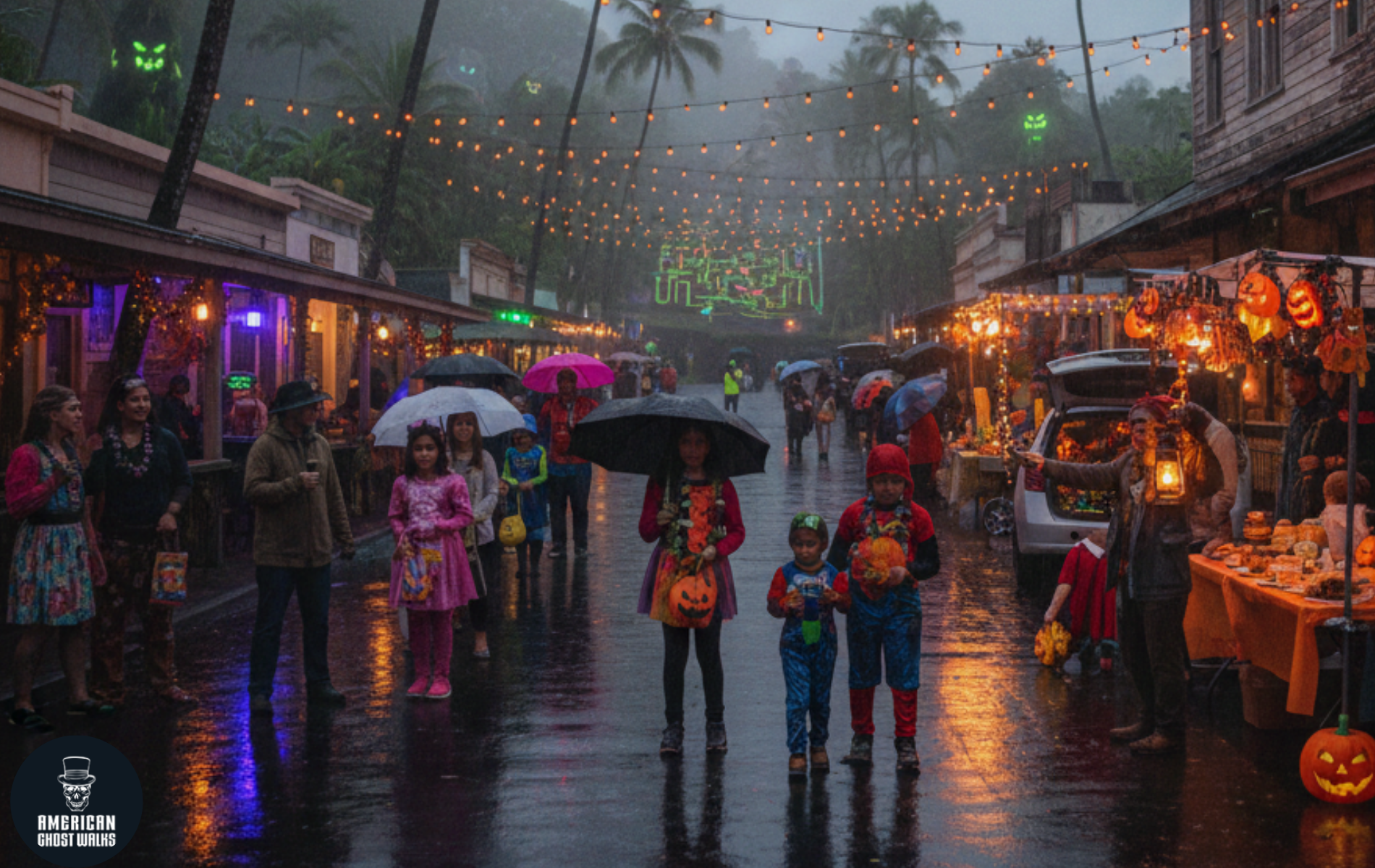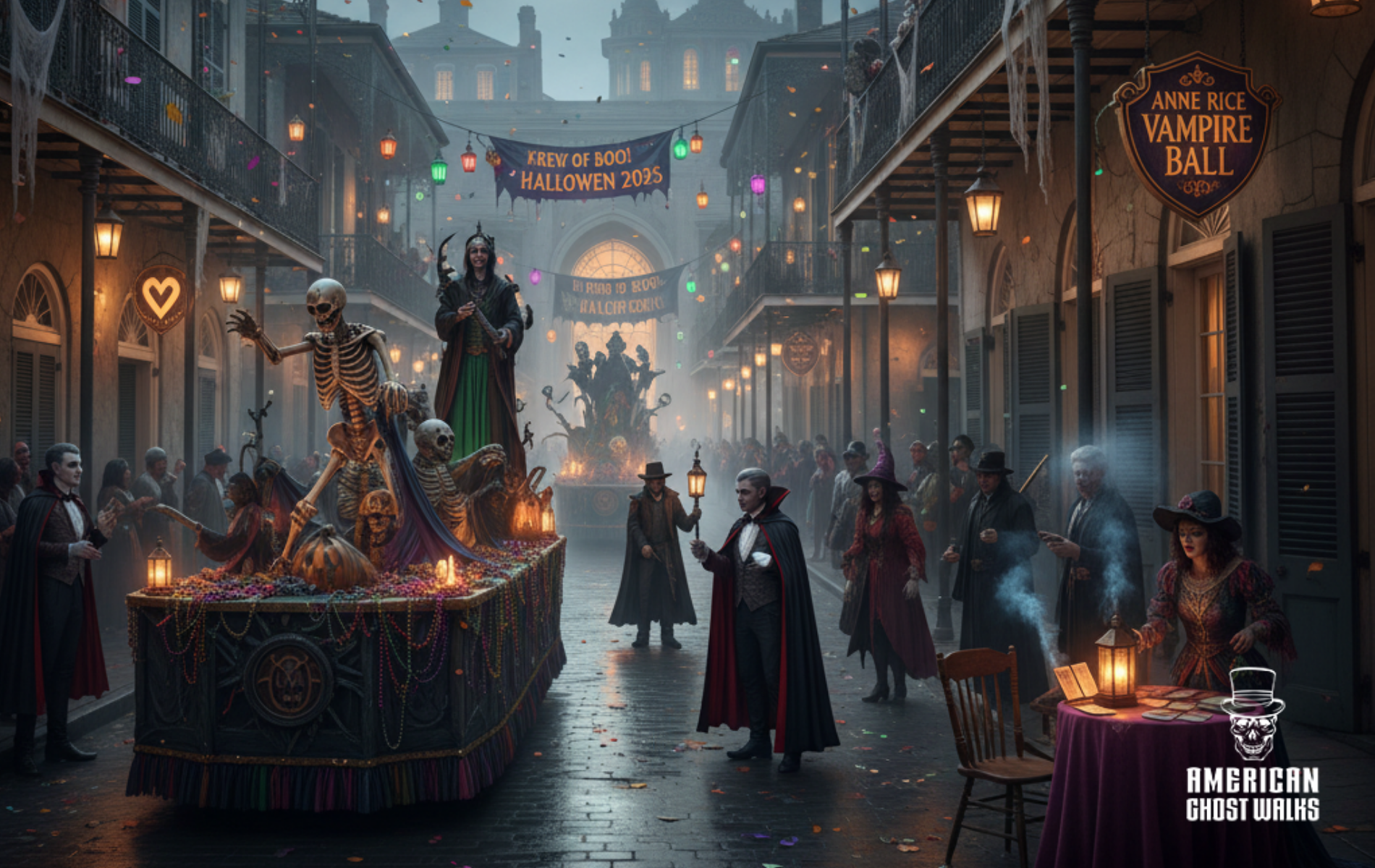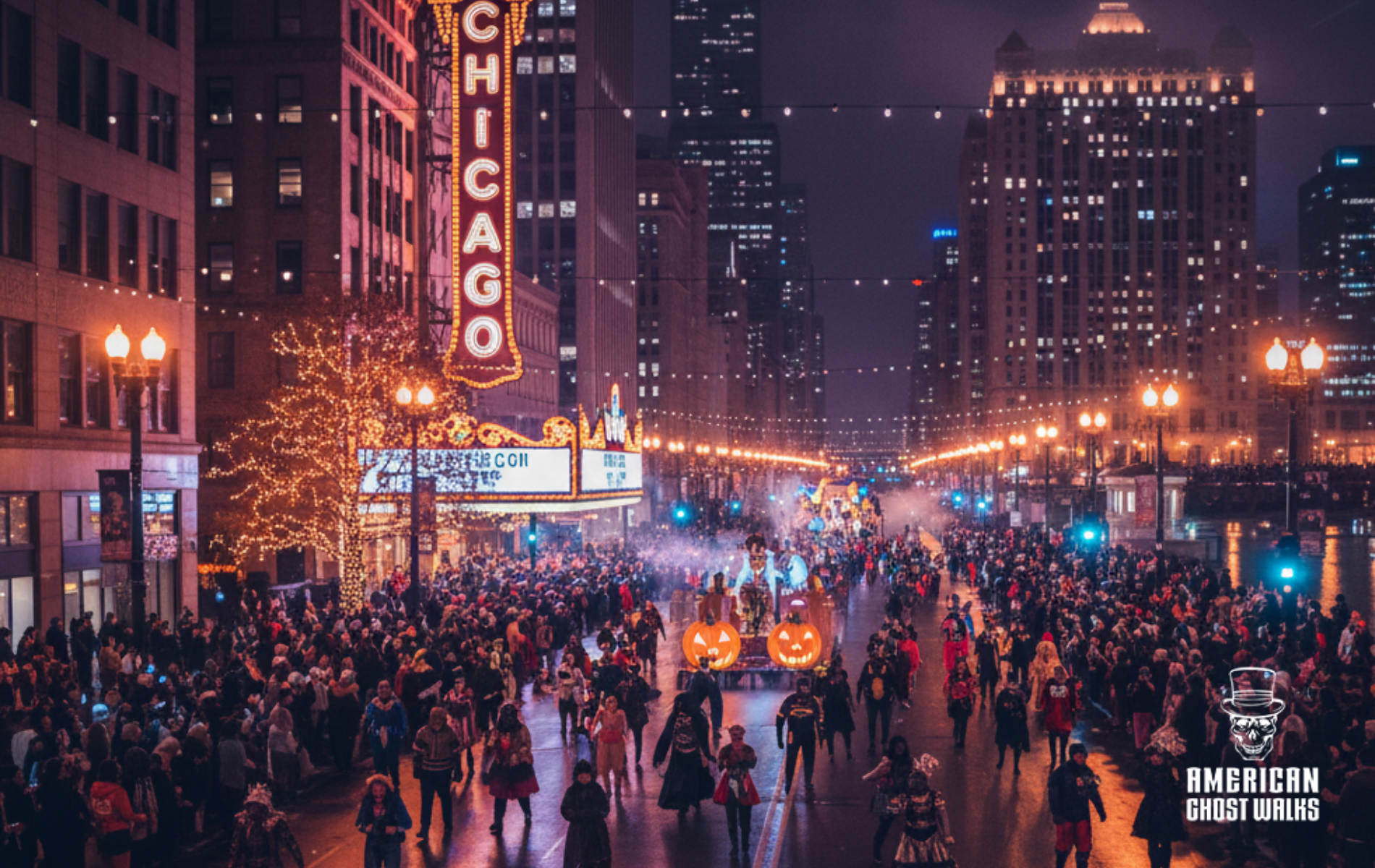Banshees, Bridgeport Bishops and Bugs . . . B'GORA! Chicago's Irish Ghosts
It's March again Chicago, home of one of the largest concentrations of Irish heritage in the world, and time once more for the city’s Irish Chicago ghost stories, which include some of the darkest in the town's vast ghostlore, but some of the most sacred and truly spiritual as well.
George 'Bugs' Moran
Without a doubt, Chicago’s Irish ghosts are best known for their gangland manifestations, particularly the phantoms that were formed on the bitterly cold morning of St. Valentine’s Day, 1929, when Al Capone arranged for the single-minded slaughter of seven of Bugs Moran’s men at the back of a narrow garage at 2122 N. Clark Street. The ghosts of the vanquished of Moran's gang are still seen as bobbing lights and shadowy figures, moving over the grassy lot at the site of the bloodbath. Meanwhile, at Holy Name Cathedral, visitors still flock to put their fingers in the bullet hole in the church's cornerstone, which was shot up with slugs during the gunfight which led to the death of Hymie Weiss, who had attempted to avenge the death of beloved Irish mob boss, Dion O'Banion. But it’s not only the Irish mob that haunts the streets of the Windy City on the night when the River runs green. In fact, some of Chicago’s Irish spirits are the utter opposite of these bad guy ghosts.
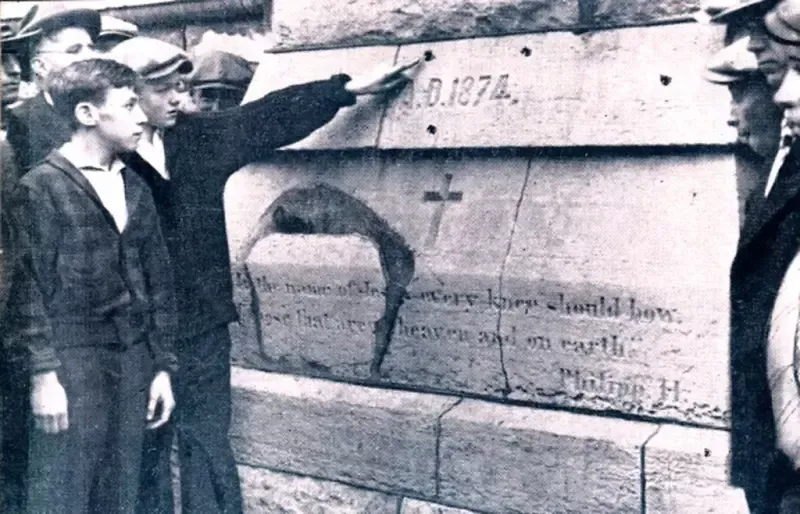
One of Chicago’s most mysterious Irish spirits remains that of little Mary Alice Quinn, long known as Chicago’s Miracle Child. A sainted girl, Mary was in life devoted to St. Therese of Lisieux, and followed the saint’s “little way” of daily acts of love and charity towards others. Since her death and burial in suburban Holy Sepulchre Cemetery, Mary’s apparition has been seen in many parts of the world. Moreover, visitors to her grave are treated to the scent of roses—a common sensation at the burial sites of the holy—and claim miraculous cures from prayers for the girl’s intercession.
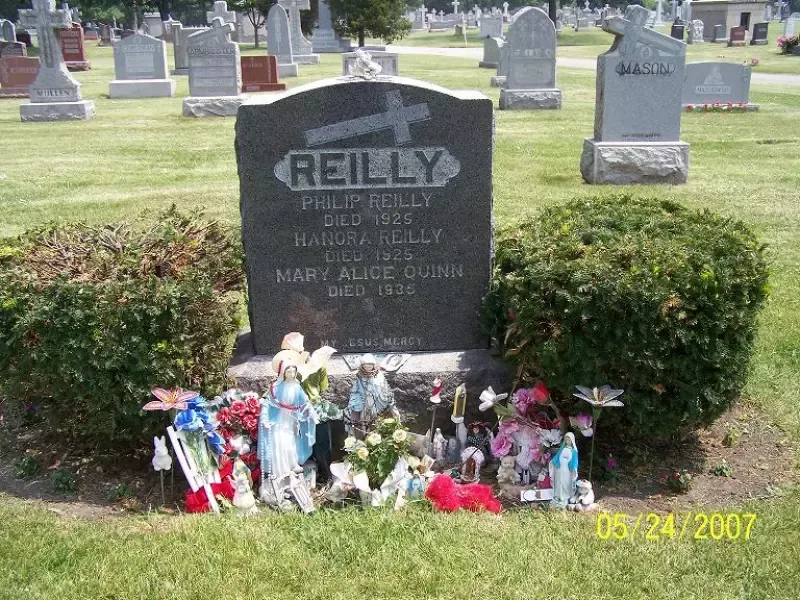
On the west side of the city, two sites still draw lovers of Irish heritage and Chicago ghosts in droves, though their phantoms are believed to be long gone. One is the site of the old firehouse housing Engine 107 and Hook and Ladder 12, at 13th Oakley. As documented in David Cowan’s Great Chicago Fires (Lake Claremont Press), on Good Friday, 1924, firefighter Frank Leavy had a premonition of his own death, when (while washing the firehouse windows) he told a colleague it would be his last day on the fire department. Moments later, the company was called to a fire at Curran Hall on the south side, where Frank and others perished. The next day, fellow firefighters noticed Frank’s “Hand of Death”—his soapy handprint—imbedded in the firehouse window. Try as they might, no one and nothing could remove the spooky memento of Frank Leavy. Even the company that had made the window was called in, and representatives brought special chemicals to dissolve it—which failed. Finally, the Chicago Fire Department sent in an official with Leavy’s file, and compared his fingerprints to the “Hand of Death.” They matched perfectly. The Hand of Death remained on the window for twenty years, until a newsboy threw a paper through the window, shattering it on the morning of the twentieth anniversary of the death of Frank Leavy.
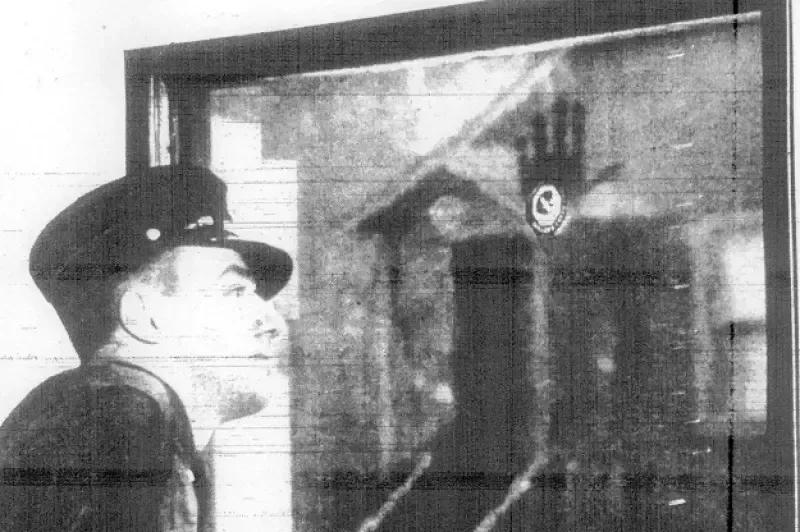
Just across Roosevelt Road is the site of the Cook County Juvenile Courts, formerly the site of St. Charles Borromeo Parish, and home of one of the most little known Chicago ghosts, but also one of the most influential, Bishop Peter Muldoon. Muldoon served not only Chicago and Illinois but the nation during World War I, serving as chairman of the National Catholic War Council, but also proposed the creation of the National Catholic Welfare Council, one of the great pioneering social justice organizations in American history.
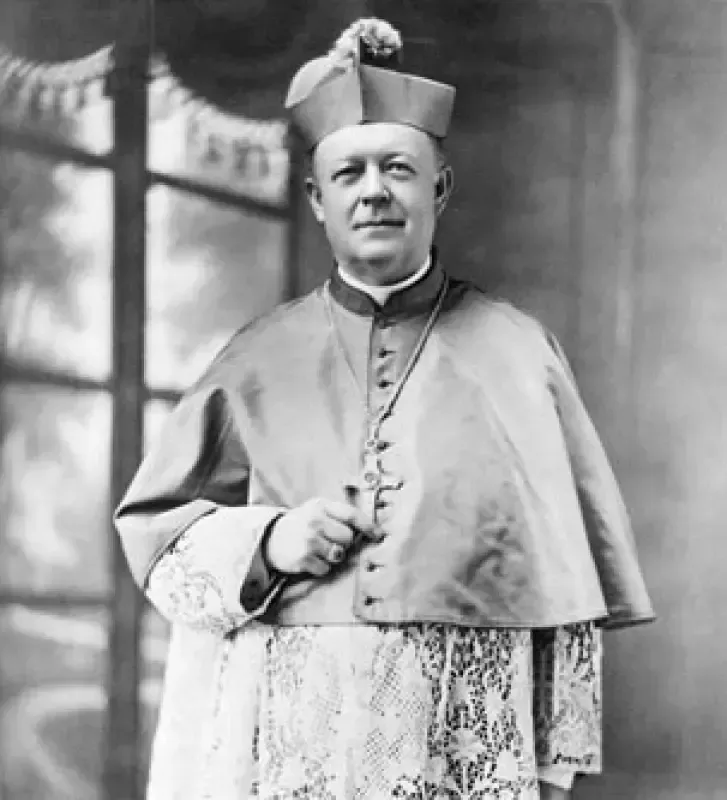
Muldoon founded St. Charles Borromeo and, after death, as the neighborhood turned African American and the parish lost its congregation, was believed to have haunted or even terrorized a later pastor, who shared little of Muldoon’s ideals of evangelization or charity. The bizarre haunting is documented by a former priest who had been assigned at the parish, Rocco Faccini, in his book, Muldoon: A True Chicago Ghost Story (Lake Claremont Press).
Certainly, the worst of Chicago’s Irish heritage lies in Bridgeport and points further south, where—in the mid 19th century-- Irish American canal workers built the Illinois & Michigan canal along a route wracked with hunger, thirst, disease, violence and death. The neighborhood and the route remain today the most haunted areas of Chicago, including legendary Archer Road, the ancient Indian trail along which the Canal was built, and along which many canalers perished. Resurrection Cemetery and four other burial grounds lie along Archer. All of them are reportedly haunted, but probably none more than the desolate St. James at Sag Bridge, the oldest cemetery in Cook County, where many of the Irish American canalers found their final rest—or unrest. The site of St. James is an ancient sacred site, originally a Native American burial ground, then a French signal fort and church during the days of French exploration. Today, reports of voices, chanting, and hooded figures persist, as well as visions of the ground rising and falling as if the dead are breathing in their graves.
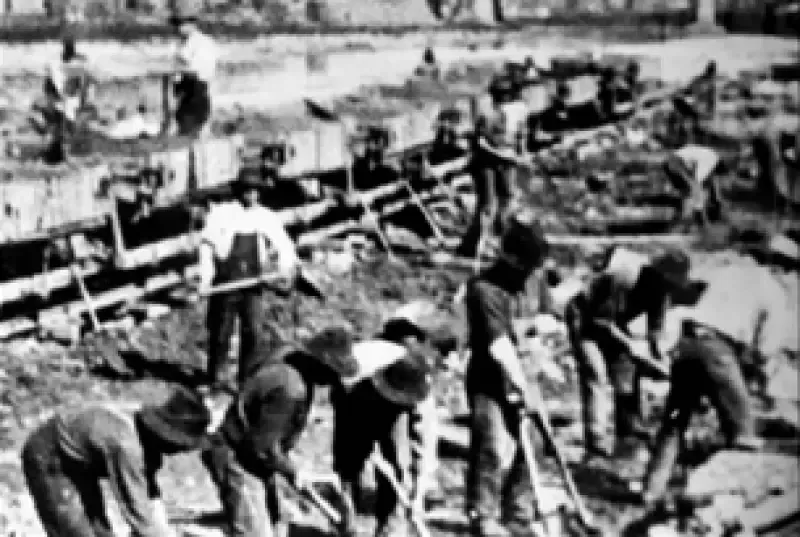
Just through the woods from St. James Sag is Kean Avenue, site of none other than a banshee--a wailing woman seen in the road outside Buffalo Woods. If you see her, start to pray; the sight of her is believed by some to be a premonition of death.
Of course, no Chicago Irish ghost tour would be complete without a visit to DeKoven street, now the site of the Chicago Fire Academy, where the Great Fire began in October of 1871, in the O’Leary family’s barn in the neighborhood known as “The Patch.” Though no ghosts have been reported here, occasionally the spirit of the “hanged man” is seen in the windows of the Chicago Water Tower on Michigan Avenue, believed to be a misty memory of that fateful night long ago.
Chicago Ghost Tours: Journey Through Irish Supernatural Legacy
Step into Chicago's haunted Irish heritage, where ghostly tales and supernatural encounters await around every corner. From the infamous gangland phantoms of Bugs Moran's crew to the mysterious banshee of Buffalo Woods, our expert guides will take you through the city's most spine-chilling locations. Experience the eerie presence at landmarks like Holy Name Cathedral's bullet-riddled cornerstone and Frank Leavy's legendary "Hand of Death" at the old firehouse.
Uncover the sacred grounds of St. James Sag Bridge Cemetery, where ancient spirits of Irish canal workers still roam, and discover the miraculous tale of Mary Alice Quinn, Chicago's beloved Miracle Child. Book your
Chicago Ghost Tour today and witness firsthand why these haunted locations continue to captivate visitors. Join us for an unforgettable journey through the supernatural side of Chicago's Irish history—if you dare!
Check out our
Chicago ghost tour reviews on Google to see what others have experienced!
Dive deeper into the mysterious world of hauntings with our curated collection of paranormal investigations and ghostly encounters. Read more stories like this in “Ghosts of Lincoln Park: A Chicago Hauntings Companion” by Ursula Bielski, a book of downtown Chicago ghost stories written by our own American Ghost Walks team. Click here for more.
Dive deeper into the mysterious world of hauntings with our curated collection of paranormal investigations and ghostly encounters. Read more stories like this in “The Original Chicago Hauntings Companion” by Ursula Bielski, a book of Chicago ghost stories written by our own American Ghost Walks team. Click here for more.
Are you fascinated by the supernatural and craving more spine-tingling tales? Whether you're a skeptic seeking evidence or a believer looking for your next supernatural fix; "American Ghost Books" offers everything from historical haunted locations to firsthand accounts of paranormal experiences. Each book has been carefully selected to provide authentic, well-researched stories that will keep you turning pages well into the night. Don't let your curiosity about the supernatural remain unsatisfied – explore our collection and find your next ghostly adventure today!

